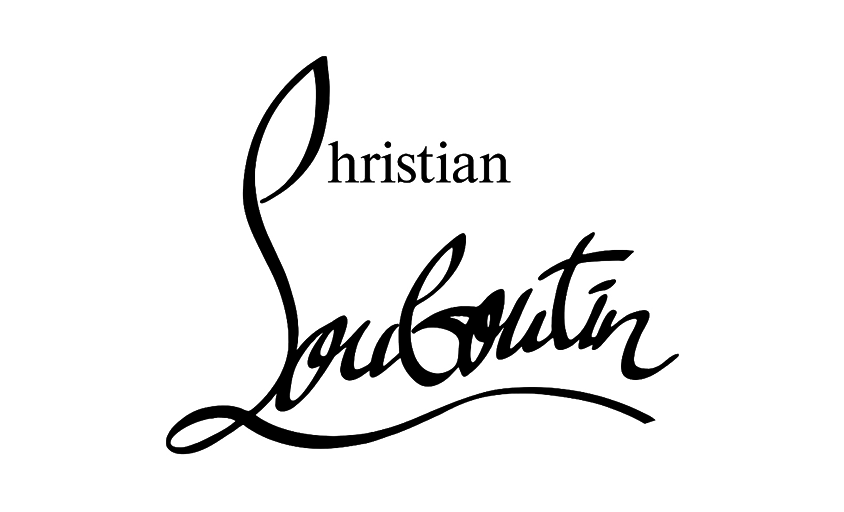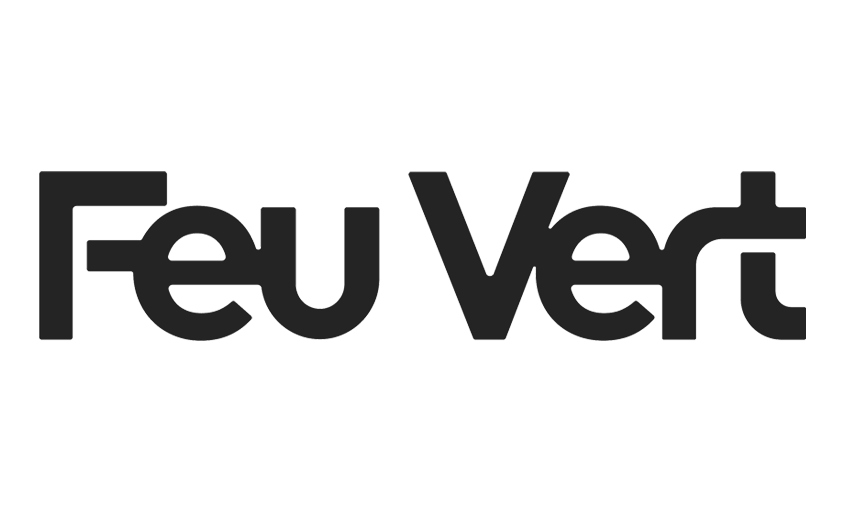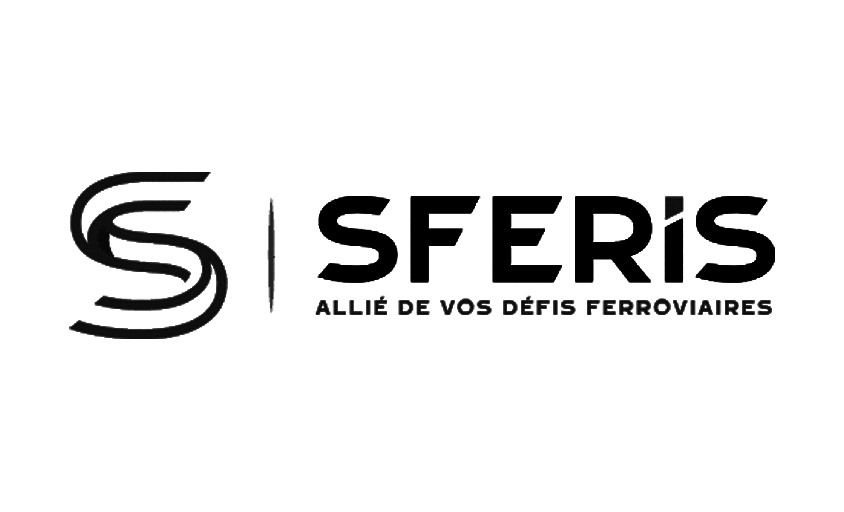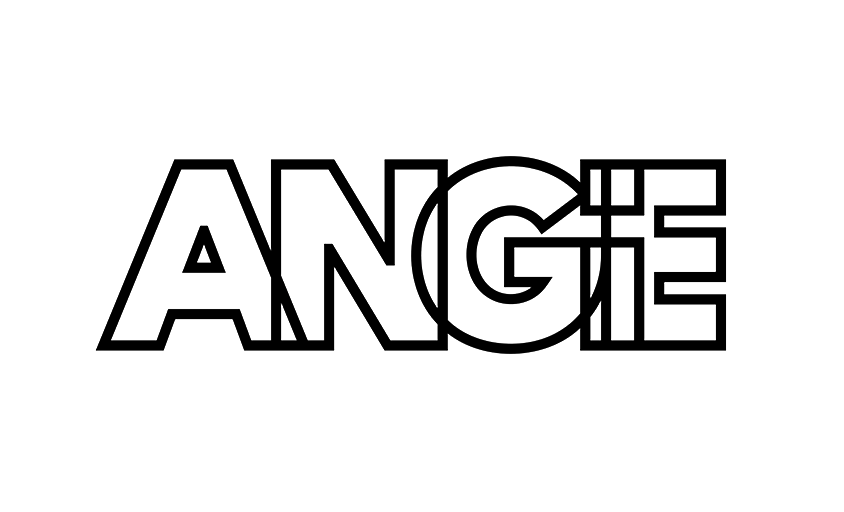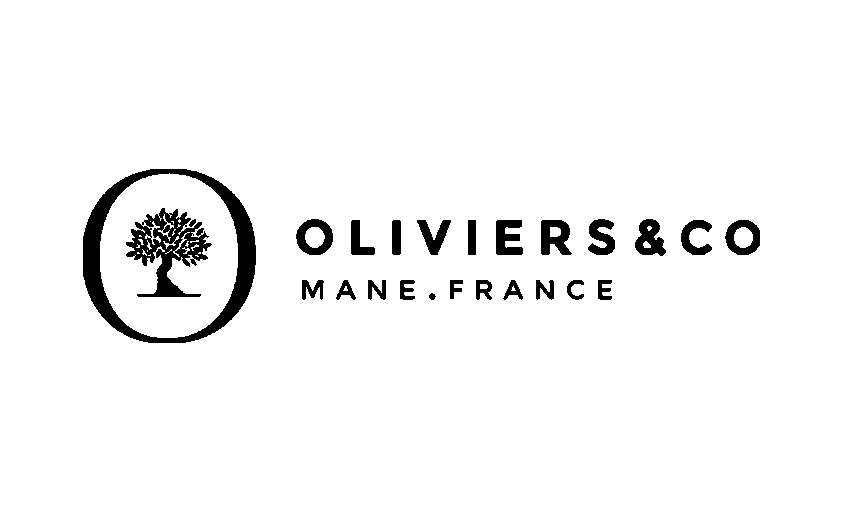Graphic Designer: Creator of Visual Identity
In this article :
The graphic designer is a visual creation professional whose role is to design and shape graphic elements to convey clear and aesthetic messages. Whether for logos, advertisements, communication materials, or digital interfaces, the graphic designer is at the heart of the visual creation that supports the identity of brands and businesses.
This article explores the profession of graphic designer, their missions, skills, and impact in the world of photography and visual creation.
1. What Is a Graphic Designer?
The graphic designer is responsible for creating visual elements that serve to communicate information in a clear, aesthetic, and impactful way. They work on various media, such as posters, brochures, websites, logos, packaging, and even interactive elements in the case of web design.
The graphic designer combines strong aesthetic sensitivity with technical skills to develop visual concepts adapted to the client’s objectives. Their work goes beyond illustration: it involves creating coherent visual messages that convey a strong identity and attract the attention of the target audience.
2. The Graphic Designer’s Missions
Design and creation of visuals
The main mission of the graphic designer is to design visuals that align with a project’s communication strategy. This may include logos, visual identities, advertising posters, product packaging, or digital elements for websites or apps. The designer uses tools such as Adobe Photoshop, Illustrator, or InDesign to create graphic compositions.
Adapting visuals to different media
The graphic designer must adapt their creations to different communication media. A logo, for example, will be used in various formats, from websites to business cards and printed ads. Each medium may require a revision or adaptation of the graphic elements to ensure they work perfectly across all formats.
Creating a brand’s visual identity
The graphic designer also plays a key role in creating a brand’s visual identity. This involves designing a logo, choosing colors, typefaces, and all the graphic elements that will represent the company. They ensure all these elements are coherent and harmonized with the brand’s message and values.
Collaboration with other creative professionals
The graphic designer often works closely with other creatives such as the photographer, art director, and copywriter. They must understand and integrate the needs of the creative team to ensure the visuals created align with the project’s overall concept.
3. Skills Required to Become a Graphic Designer
Proficiency in design software
The graphic designer must have a perfect command of professional graphic creation tools such as Adobe Photoshop, Illustrator, InDesign, and other software specific to web design or animation. They must be able to use these tools precisely to create high-quality designs.
Creativity and aesthetic sense
Strong creativity and an excellent sense of aesthetics are essential in this profession. The graphic designer must know how to conceptualize original visuals while respecting design codes and client expectations. This requires the ability to imagine innovative concepts and apply them coherently.
Knowledge of trends and visual culture
The graphic designer must keep up with trends in design, typography, and aesthetics in general. Graphic styles evolve quickly, and the designer must be able to adapt to these changes to create modern and impactful visuals.
Communication and project management skills
A graphic designer must also be able to communicate their ideas effectively and work in collaboration with other team members. They must understand the client’s expectations, be able to present and defend their visual concepts, and manage their time effectively to meet production deadlines.
4. The Graphic Designer in Photography and Visual Creation
In the field of photography, the graphic designer plays a key role when it comes to creating visual materials that accompany the produced images. Whether for advertising campaigns, product catalogs, or magazines, the graphic designer works in collaboration with the photographer and the stylist to ensure the visuals are coherent and effective.
5. How to Become a Graphic Designer?
Specialized training and education
The path to becoming a graphic designer often involves specialized training in graphic design, applied arts, or visual communication. Many schools offer degrees from 2 to 5 years in graphic design or visual communication, such as MJM Design schools or the École de la Chambre Syndicale de la Couture Parisienne.
Professional experience and internships
Many graphic designers start their careers as assistants or interns in design agencies, creative studios, or corporate marketing departments. This allows them to gain practical experience, build a strong portfolio, and create a network in the industry.
Portfolio and personal development
The portfolio is a key element of the graphic designer’s profession. It showcases the designer’s work and is essential to securing contracts or jobs. A good graphic designer must constantly update their portfolio to reflect their skills and creative evolution.
Conclusion
The profession of graphic designer is an exciting career that combines creativity and technical skills to create captivating visuals that communicate a clear message. In the world of photography and visual creation, the graphic designer plays a central role in ensuring that each project’s aesthetics align with the client’s creative and marketing objectives.
At Rétines, we know that every image—whether still or animated—must always be carefully considered and thoughtfully crafted. Our graphic designers work closely with our photographers to ensure visual consistency and maximum impact for every project.
Jérémy Carlo is the editorial director at Rétines, where he ensures the consistency and clarity of all content produced by the studio.
Our Clients
Let’s discuss
What we do for you at Rétines
Meticulous work, an organised project and fast delivery. And to achieve this, we mobilise the right resources in our teams at the right time.
01
Pre-production
Artistic and technical direction tailored to the project.
Relevant recommendations on content, form and resources.
02
Photo Shooting
Photos taken by our experienced photographers.
Production that’s controlled, efficient and tailored to the needs of the project, with nothing superfluous.
03
Retouching
Technique
Photographs magnified by our retouching team.
Post-production to meet the commercial challenges of the brief.


